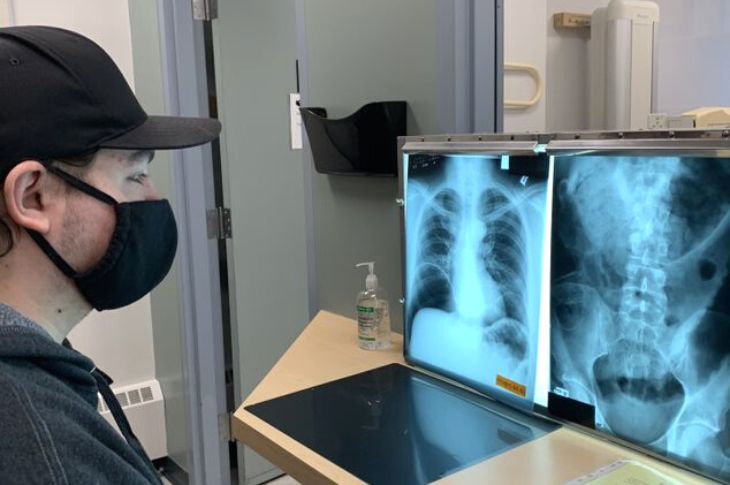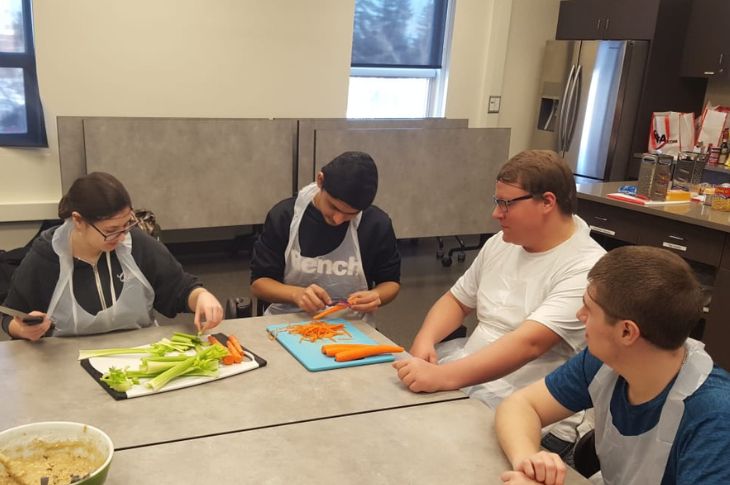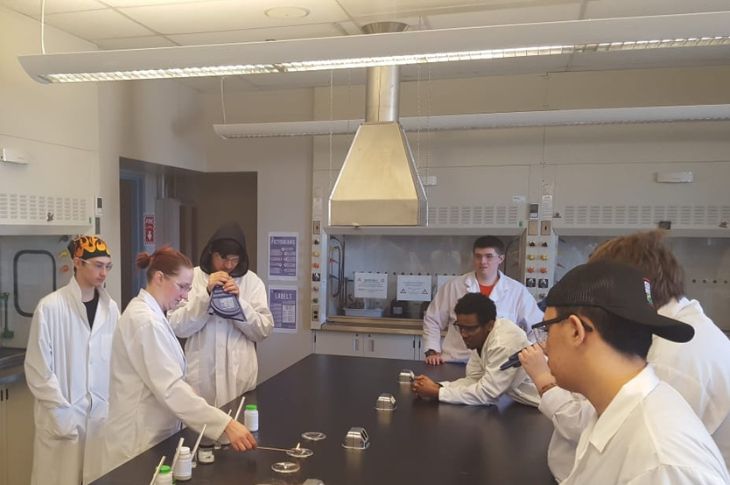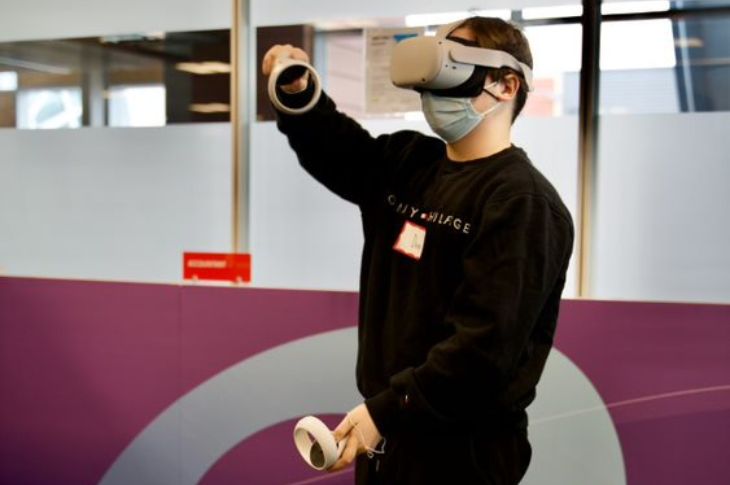Turning Points at SAIT

The Turning Points program helps youth successfully explore post-secondary programs and career options.
Since 2018, SAIT's Turning Points program has helped more than 100 high school youth see themselves as successful learners, gaining a better understanding of their career options and the post-secondary programs offering training for those careers, and building confidence in their own capabilities.
“Turning Points supports vulnerable youth in making well-informed and intentional decisions about their futures," says Rozlynn Wick, SAIT’s Project Manager for Strategic Youth Initiatives.
Turning Points — By the Numbers
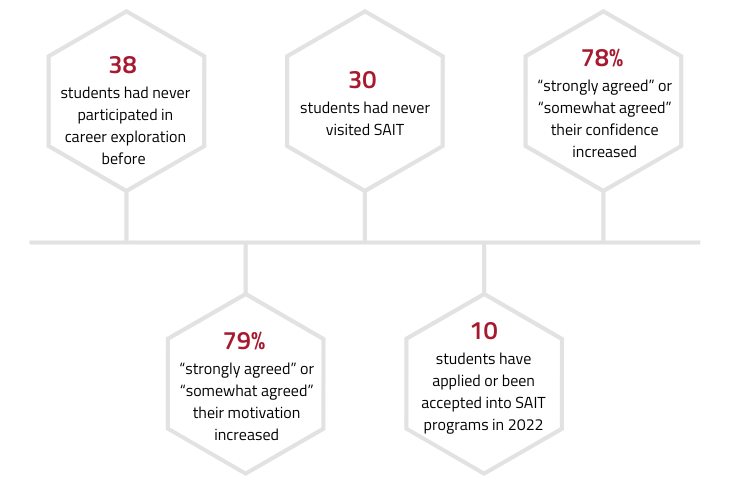
"What I liked most about Turning Points was I had the chance to experience and try hands-on. It really helped me understand the importance of going to school and doing my work. It also helped me figure out what I wanted to do after high school."
— Program participant
Learn more about how SAIT’s Youth Engagement Strategy 2019/2022 is empowering youth to make informed choices on their learning pathways and about their futures.
This story was originally written for the print version of the Fall 2022 issue of LINK magazine.

Oki, Âba wathtech, Danit'ada, Tawnshi, Hello.
SAIT is located on the traditional territories of the Niitsitapi (Blackfoot) and the people of Treaty 7 which includes the Siksika, the Piikani, the Kainai, the Tsuut’ina and the Îyârhe Nakoda of Bearspaw, Chiniki and Goodstoney.
We are situated in an area the Blackfoot tribes traditionally called Moh’kinsstis, where the Bow River meets the Elbow River. We now call it the city of Calgary, which is also home to the Métis Nation of Alberta.
